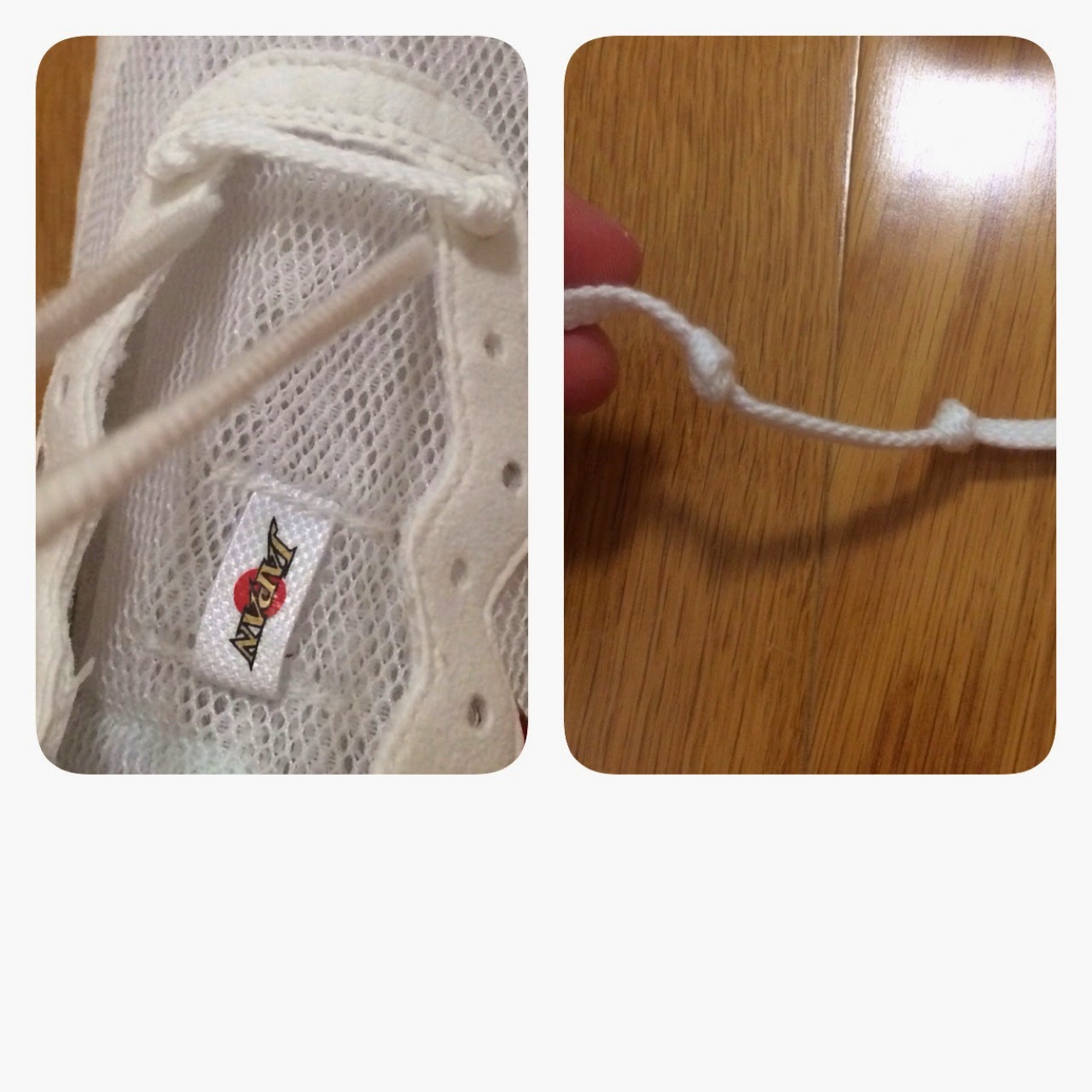Some ways to achieve better shoe fit
Admit
it. Sometimes you buy a shoe not because it fits you best or works best for
you, but because you like its look and colours. I know I do. The problem is
sometimes the shoe doesn’t quite fit your foot very well. Sometimes, the fit is
too far off and there is no way to make it work, but oftentimes, with some
tweaks, it can be made to work well enough. Here, I will highlight some common
fit complaints and suggest some remedies that may alleviate the problems.
Tight Toebox
There
is a tendency for some shoes to have narrower toeboxes. This is mostly because
aesthetically a shoe with a more pointed front looks nicer. Tight toeboxes can
predispose us to a myriad of medical problems, e.g. hallux valgus, ingrown
toenails, bunions; this is especially so if the shoes are worn for a prolonged
period of time. (Incidentally, this is a huge gripe I have with women’s dress
shoes.)
One
option is to fix the length of the laces at the first pair of eyelets loosely
so as to completely eliminate any tension at the toebox when you tighten up the
laces. The pics below show how that can be achieved:
Another
option is to completely ignore the first set of eyelets and simply start lacing
from the second set of eyelets. The drawback of this is increased risk of the
foot slipping forward in the shoe and jamming the toes again the front of the
shoe when running downhill.
Low Shoe Volume
Sometimes
the overall volume of the shoe is too low for your foot type. This means even
though the shoe is the right width and length, when lacing up the shoes, you
frequently get irritation at the top of your foot, or the top of your foot goes
numb. If this happens to you, you probably have high arches (aka high instep). This
can be alleviated somewhat by using parallel lacing. Parallel (straight) lacing
creates a little more volume in the shoe, compared to the tradition criss cross
lacing.
 |
photo credit: Ryan Hodierne |
High Shoe Volume
This is the opposite
of the above problem. The shoe is the right length, and width, but when you
lace things up your foot just slides around in the shoe. The easiest thing to
do is to try thicker socks. That instantly reduces the volume mismatch, and some
thicker socks actually give the sensation of better cushioning. Alternatively,
this pacing method might help.
Another
option is to try using the parallel lacing option to generate an overall
increase in shoe volume.
Sometimes
the arch structure of the insole (aka sockliner) is contributing to the
problem. One can cut away part of the arch of the insole to create more room in
the midfoot.
Also,
the insole is actually not a compulsory part of the shoe, and many people do
happily run in shoes without any insoles. Many shoes are designed to be used
even without the insole. Removing the insole instantly creates a lot more
volume in the shoe, but one often finds that the shoe feels much firmer and
less cushioned without it, so bear that in mind if you are planning to go that
route.
Heel slippage
Heel
slippage is what happens when your heel slips out of the shoe partially as you
run, even though you have tightened the shoe as much as you can. It is a result
of a heel cup that is too high volume for your heel. The best remedy is to
choose shoes with more structure or lower volume at the heel region. Slippage
in and of itself doesn’t actually make you slower, but it can cause discomfort
and blisters in the heel and Achilles from rubbing in some cases. That’s where
that extra eyelet right at the top of the shoe comes in. This method of lacing
is called lock-lacking. You create a lock at the top of the shoe, to get a more
secure fit and hopefully prevent heel slippage.
It
is always best to get a shoe that fits well, so you don’t have to resort to
unnecessary hacks to make it work, but barring that, the above tricks may save
you a world of grief when you are trying to make that odd-fitting shoe work for
you.












ReplyDeleteIt’s very nice blog! Shoe Bags
It’s very good blog! For sharing content and such nice information for me. I hope you will share some more content about. Please keep sharing!Shoe Bags
ReplyDeleteI have considerably enjoyed this informational content. Your layout is superb. I will be able to come again. women shoes
ReplyDeleteReally Informative Blog. We provide insole for leg length discrepancy is a non-invasive procedure that can help to correct or prevent leg length discrepancy.
ReplyDeleteGreat insights on achieving a better shoe fit! As someone who values comfort and performance, I appreciate how detailed and helpful these tips are. For those seeking quality men's athletic shoes wide, Shoebacca offers a fantastic selection that combines style with the perfect fit. Keep up the excellent work with your informative posts! men's athletic shoes wide
ReplyDelete